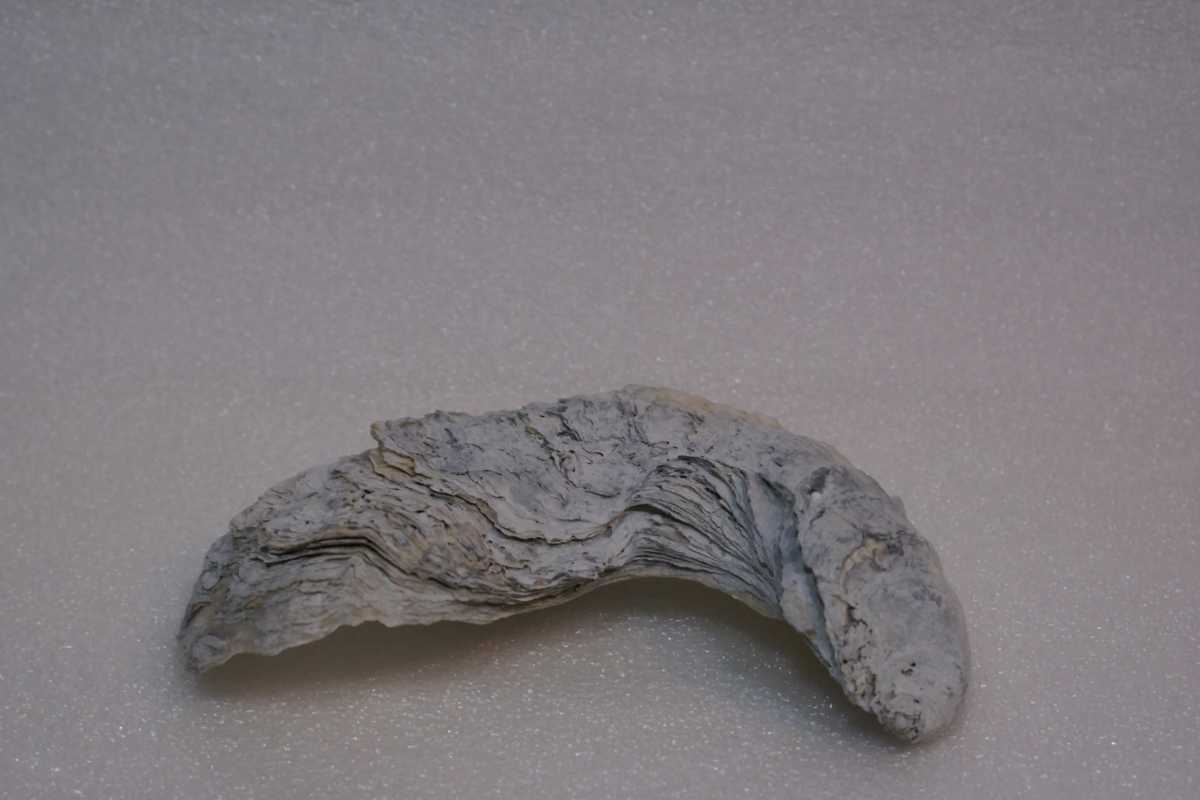Back in 2018, Westport Museum (then Westport Historical Society) did a year-long exhibit called “History of Westport in 100 Objects” in which we shared the nearly four hundred year history of the town using different objects. We are bringing back that always-popular exhibit here–virtually. Check back each week for a new post and photos of items that tell our collective story. Have a suggestion for an object to include? Email us a photo and description at virtualmuseum@westporthistory.org and we’ll consider including it on our facebook page.
When Connecticut was a British colony, the area east of the Saugatuck River to the border of Fairfield and west of the Mill River was known as Green’s Farms. Thomas Newton, John Green and Henry Gray were given a land grant to settle the area in 1648 with Daniel Frost and Francis Andrews joining them within a few years. The group later became known as the Bankside Farmers. In subsequent generations, others like Joshua Jennings possessed landholdings encompassing a large parcel of Green’s Farms.
Settlers cultivated the rich soil of Greens Farms initially for their own subsistence and later for commercial profit. Positioned on the Long Island Sound, Green’s Farms was also a seafaring community which tapped into the export trade. Flax was grown for linen, and corn–also known by the Native name maize–was grown for the settlers’ families, their cattle, and for export to the Caribbean where it was used to feed enslaved people.
Food was also harvested from the sea and fish, clams, and oysters were part of the bounty. Fish and lobsters were so plentiful they were also used for fertilizer.
Firearms, c. 1820
Mixed-metal firearm remnants (2)
Private Collection of Peter Jennings
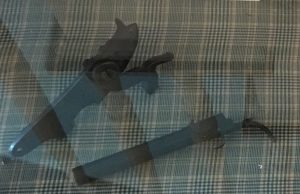
Colonists used firearms to defend themselves and their livestock, but they were also an important part of farming life for hunting everything from ducks to deer. Still in its infancy, firearm design was of the flintlock type where a piece of stone was used with a trigger mechanism to create a spark and ignite the powder charge inside the barrel. Some flintlocks were converted to a percussion mechanism after the 1820’s, as shown in these examples, that were unearthed during excavation around Compo Beach.
Oyster Shell
Shell
Private Collection of Norman Bloom
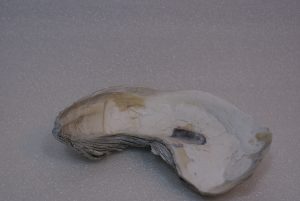
Typically only a few inches long today, oysters breed in beds, often in shallow waters where they can be gathered by hand or with small rakes. Early settlers cultivated oysters that were as large as dinner plates. In the 18th century, oyster rakes were used from small boats to gather oysters in deeper waters; and in the 19th century, long-handled tongs made the job easier. By the latter 19th century, scallop dredges were attached to boats to scrape oyster beds at the bottom of the ocean floor. Because dredges tended to damage the beds, their use was highly restricted. Dredging was limited to sailboats until 1969 to control over-harvesting in Connecticut, and the oyster sloop was designed for this purpose. Built in 1948, Hope is considered the last-built Connecticut oyster sloop.
Land Deed, 1703-1704
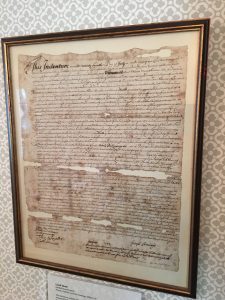
Ink, Parchment
Private Collection of Peter Jennings
This document, written July 4, 1703 and signed March 20, 1704 by Joseph Jennings was witnessed by Thomas Staples and John Meredith. It describes the transfer of a property from Joshua Jennings “of Fairfield in Connecticut Colony in New England” to Joseph Jennings, for a piece of land in the Mill River vicinity, now known as Green’s Farms. The Jennings family were among the largest landowners and farmers in the area, and in 1850 were the largest landowners in Westport.
Land Grant, 17th Century
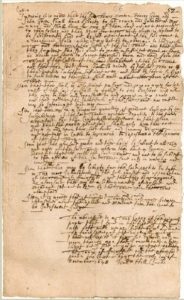
Scan of Original
Fairfield Town Clerk
Copy of the original land grant to John Green, Henry Gray, Thomas Newton, Daniel Frost, and Francis Andrews. These men became known as the Bankside Farmers in the area we call today Green’s Farms.

